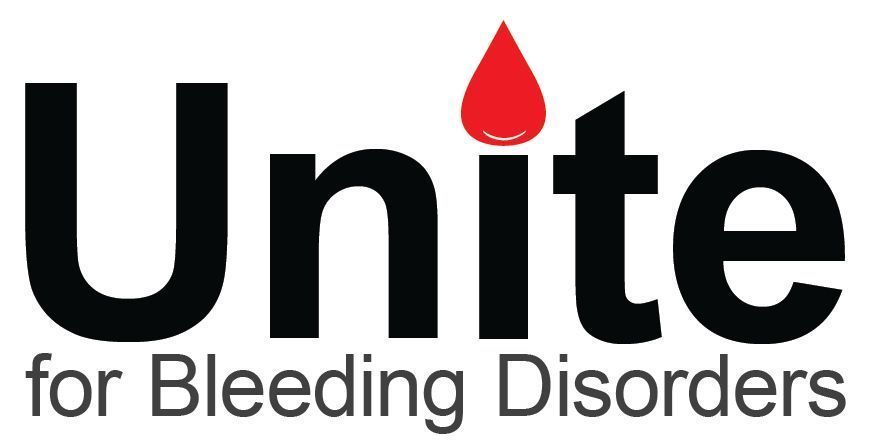Platelets play an important role in blood clotting, so when a person has a low number of platelets, too many platelets or their platelets don’t work the way they should, they have a platelet disorder. People with platelet disorders take longer to stop bleeding.
Platelets are tiny, irregularly shaped blood cell pieces (called fragments) that play an important role in the making of blood clots. When an injury occurs and a blood clot is needed, the platelets become sticky and help plug the site of the injury. They attract other proteins needed in the clotting process and they help form a stable clot. There are several ways that platelets may not work properly, which result in platelet disorders. Some platelet disorders are not fully understood and may result in a diagnosis of an "unspecified platelet disorder."
Types of Platelet Disorders
Bernard-Soulier Syndrome (BSS)
People with Bernard-Soulier syndrome have platelets that are very large -- larger than red or white blood cells -- and are missing a protein (lycoprotein lb) that helps them stick together to form a clot. Symptoms can vary from mild to severe. The most common symptoms are frequent and prolonged nosebleeds, easy bruising, and bleeding from gums. Bernard-Soulier syndrome affects approximately 1 in a million people.
Glanzmann’s Thrombasthenia (GT)
People with Glanzmann's thrombasthenia have platelets that lack a protein (glycoprotein IIb/IIIa) that helps them stick together to form a clot. Laboratory tests are needed to diagnose GT. The symptoms of GT include bruising, petechiae (small, pinprick-like bruises that are result of bleeding into the skin), nosebleeds, and heavy menstrual bleeding. GT affects approximately 1 in a million people.
Platelet Storage Pool Disease (SPD)
There are a number of rare disorders that occur when a person's platelet granules -- part of the platelet that are involved in the clotting process -- don't work at they should. These disorders are known as platelet storage pool diseases. Lab tests are needed to diagnose SPDs. Symptoms of platelet storage pool include nosebleeds, bleeding from the gums, and heavy menstrual periods.
Support for People with Platelet Disorders
We are committed to offering education and support for all bleeding disorders. NBDF holds a Rare Bleeding Disorders conference every year, which allows people with platelet disorders to learn more about managing their disorder and connect with people who share their experiences.









